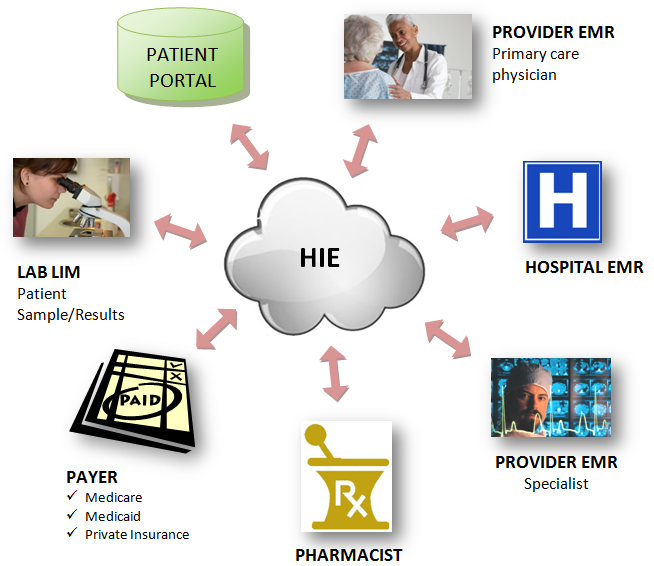
Have HIE’s Been Successful?
The American Medical Association (AMA) defines Health information Exchanges (HIEs) as entities that bring together healthcare stakeholders generally within a defined geographic area to govern the electronic sharing of health information among them for the purpose of improving health and care in that community.
According to the Office of The National Coordinator for Health Information Technology (ONC), the fundamental concept behind creating HIEs was to facilitate the exchange health information electronically in an effort to improve the delivery of care in the U.S.
The ONC invested significantly in the development of health information exchanges, but have they been successful?
The answer is: Yes and No! It has really been a mixed bag when it comes to HIE success.
Many HIEs struggled with maintaining financial viability after the ONC money went away. Others have done better, especially where they had a captive market.
When it comes to how HIEs have handled the challenges associated with interoperability, industry experts have cited the following major barriers to HIE success:
- HIEs charge the data generators for adding data to the exchange and hence participation from data creators is limited
- HIE priorities are not aligned with interoperability priorities for data generators as well as the providers who consume that data
- Most HIEs are portal based, requiring providers and their staff to work outside of their EMR
- The need for governance and trust among entities to facilitate sharing health information
- Insufficient health data standards
- The costs and resources necessary to achieve interoperability goals
- Difficulty in accurately matching the right records to the right patient
As is often the case, the concept of HIEs was a good idea, but the numerous legal and business complexities and technology problems have just been too daunting to achieve meaningful results.
Trackback from your site.